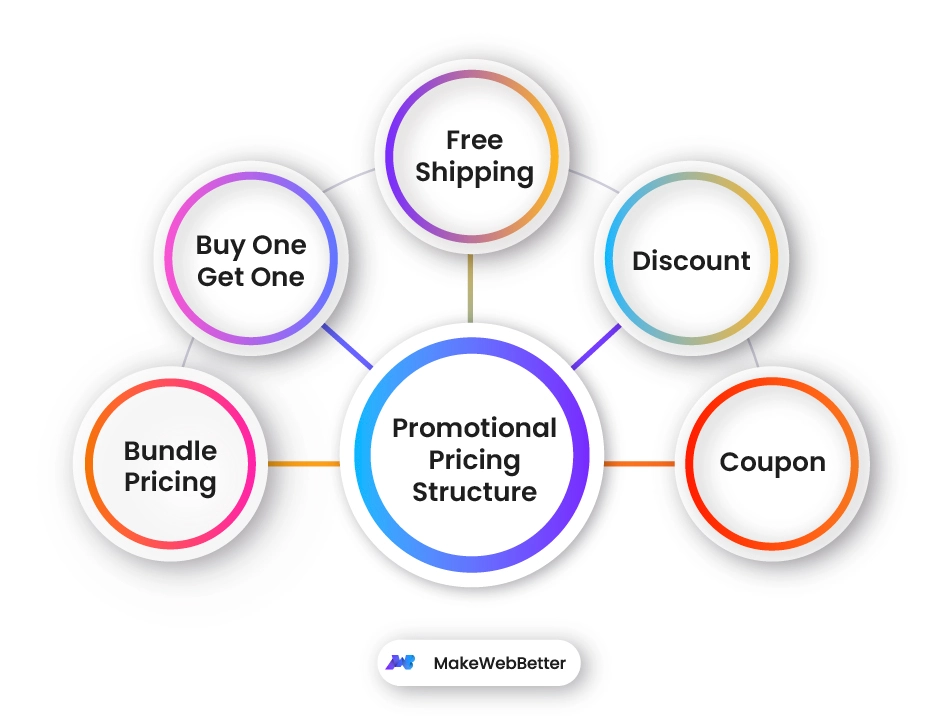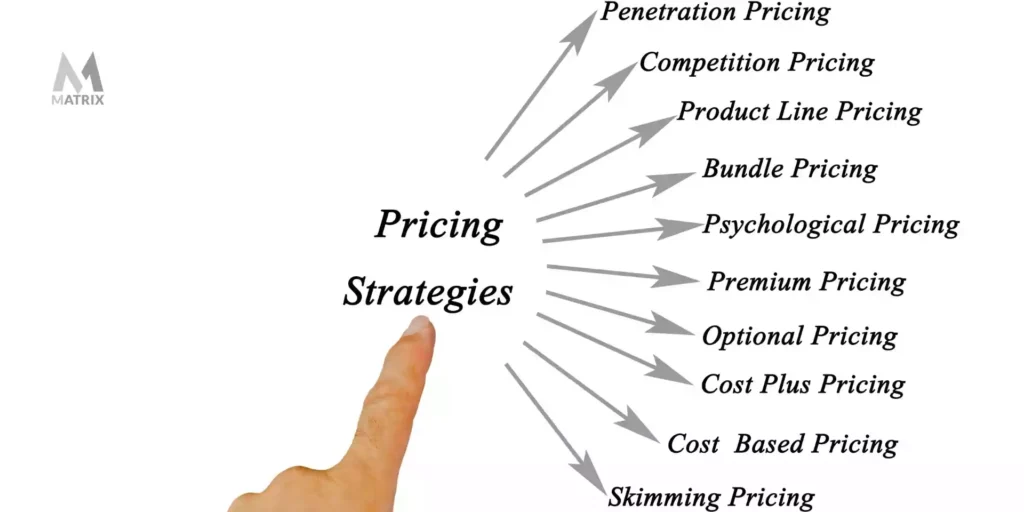The Function of Mental Pricing in Enhancing Your Pricing Strategy
The Function of Mental Pricing in Enhancing Your Pricing Strategy
Blog Article

Master Effective Pricing Techniques to Make The Most Of Earnings
In the ever-evolving landscape of business, understanding efficient rates methods is crucial for services intending to make the most of profit. A nuanced understanding of pricing psychology can dramatically influence consumer behavior and buying choices.
Recognizing Pricing Psychology
Understanding pricing psychology is crucial for companies intending to maximize their pricing strategies. This area takes a look at how customers regard prices and just how these assumptions influence their buying decisions. Secret concepts in rates psychology consist of the anchoring effect, where the first price provided offers as a reference factor for consumers, and the idea of rate level of sensitivity, which differs among various consumer sectors.
Furthermore, businesses can take advantage of the concept of regarded worth, where the regarded benefits of a services or product can warrant a greater price factor. Costs prices can develop a mood of exclusivity, bring in consumers that connect greater prices with remarkable top quality. On the other hand, mental prices, such as establishing a rate at $9.99 rather of $10, can considerably affect consumer behavior by making prices appear more eye-catching.
Moreover, deficiency and urgency can enhance the regarded worth of products, triggering quicker acquiring decisions. Recognizing these psychological triggers allows services to create rates techniques that not only drive sales yet additionally foster client loyalty. Hence, understanding pricing psychology is vital for reliable pricing method formula, bring about boosted success and market positioning.
Applying Value-Based Prices

First, conduct comprehensive market research study to recognize the worth chauffeurs for your target market. This can consist of attributes, top quality, brand name credibility, and customer solution. Next off, segment your customers based upon their readiness to pay and the worth they regard. By doing so, you can customize offerings and rates techniques to align with various sectors.
Continuously keep track of market problems and client responses to fine-tune your rates approach over time. By executing value-based pricing, companies can enhance earnings while cultivating long-term client commitment.
Exploring Dynamic Pricing Designs
In today's quickly altering market landscape, vibrant rates models have become a powerful approach for organizations looking for to enhance earnings and react to changes sought after. These models enable business to change their rates in real-time based upon numerous variables such as customer behavior, market fads, and supply degrees. By leveraging information analytics and algorithms, services can determine optimal pricing points that make the most of sales while staying competitive.
Dynamic rates can take numerous types, including time-based rates, where rates change based on time of day or period, and demand-based rates, which changes costs according to present consumer demand. This versatility not only enhances profitability but likewise enhances client contentment by offering prices that mirror real-time market conditions.
Carrying out vibrant prices requires a durable technological framework and a deep understanding of customer segments. Transparent communication regarding pricing modifications can help alleviate customer discontentment and foster trust, eventually leading to sustained profitability in an affordable industry.
Studying Rival Pricing
Keeping an eye on competitor rates is crucial for services intending check that to keep an affordable edge in their respective markets. By evaluating rivals' rates methods, firms can determine market trends, recognize customer preferences, and readjust their rates as necessary. This evaluation involves event data on competitors' costs, promotional approaches, and product offerings to inform prices choices.
To effectively evaluate competitor prices, services need to utilize different devices and strategies, such as price monitoring software application, market research study records, and consumer feedback. This information can expose exactly how competitors place their services and products, permitting organizations to separate their offerings or take on similar strategies to remain pertinent.
Furthermore, it is essential to categorize rivals into indirect and straight competitors. Direct rivals provide similar product and services, while indirect competitors might accomplish the exact same consumer demand with different solutions. Recognizing the nuances between these teams will allow services to tailor their prices techniques better.
Eventually, recurring rival pricing evaluation is crucial for making educated pricing decisions. It allows companies to continue to be active in feedback to market changes, guaranteeing they can seize chances and mitigate risks connected with pricing methods.
Examining Rates Efficiency
Recognizing how rival rates influences market dynamics causes an all-natural focus on assessing pricing performance within one's very own organization. This evaluation is vital for recognizing areas of strength and opportunities for improvement, eventually enhancing productivity.

In addition, conducting routine rates audits can disclose discrepancies between anticipated and actual efficiency. This entails contrasting rates data across various sections and networks to comprehend variations and identify trends. Additionally, integrating consumer feedback can give insights right into perceived worth versus actual rates, ensuring placement with market assumptions.
Lastly, leveraging information analytics devices can assist in deeper understandings into pricing performance, allowing organizations to make data-driven changes (Pricing Strategy). By continually evaluating rates performance, organizations can adjust to market changes and optimize their strategies, guaranteeing continual success in an affordable landscape
Final Thought
By leveraging prices psychology, companies can improve viewed worth and dressmaker prices to varied client sections. The fostering of dynamic find more info and value-based rates designs assists in real-time adjustments based on demand and consumer desire to pay.
Recognizing prices psychology is vital for businesses intending to maximize their prices techniques. Understanding these emotional triggers enables organizations to formulate pricing methods that not just drive sales but likewise foster customer commitment. Hence, mastering pricing psychology is necessary for effective rates technique formulation, leading to boosted success and market positioning.
By analyzing competitors' prices methods, business can determine market patterns, comprehend customer preferences, and change their pricing appropriately. By leveraging pricing psychology, services can boost regarded worth and tailor prices to diverse client sectors.
Report this page